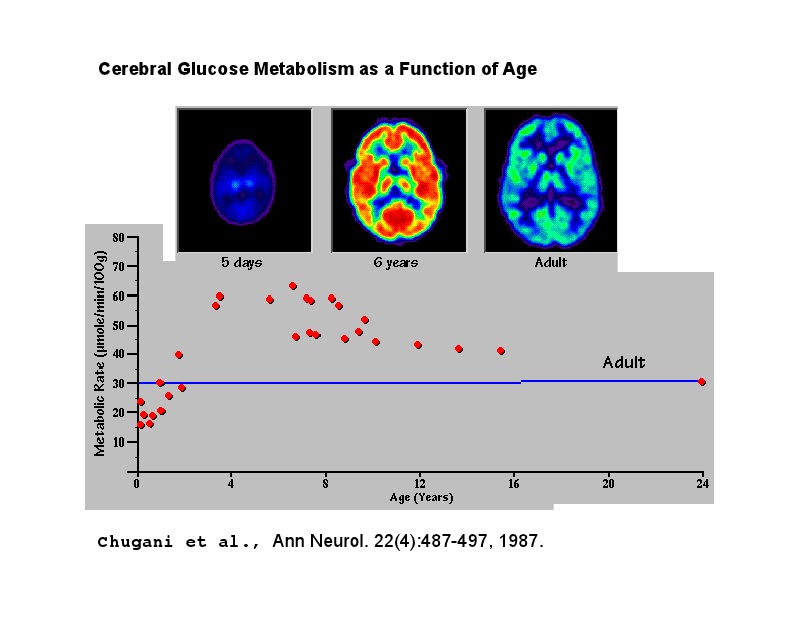ChemStart: Looking Back

As the semester unwinds, we are now in the period of giving our concluding lectures. The following is a story that I share with my students this semester - In a way, it summarizes what we went through.... It was my last semester as an undergraduate student at the Ateneo. Fr. Schmitt wanted to see me in his office. Apparently, a rumor has reached him that I was interested in pursuing a teaching career. He was actually a bit surprised, but he offered me a temporary position in the department. I was excited, as two of my classmates were likewise staying after graduation to teach. But I was disappointed after meeting Fr. Schmitt, while my friends would have their own courses to teach, I would be working as a teaching assistant to Fr. Schmitt in his ChemStart program. He basically thought that I was not yet ready for prime time. ChemStart was a summer program which introduced chemistry to high school students who had just finished second year. It w...



